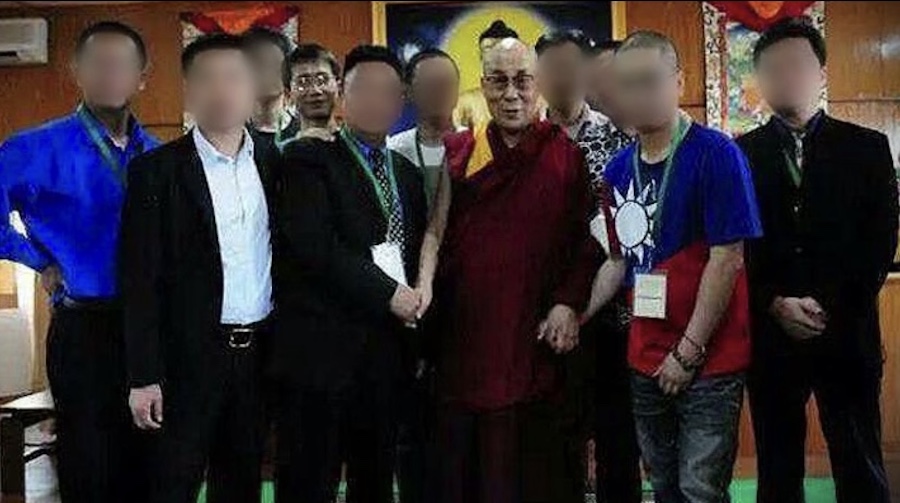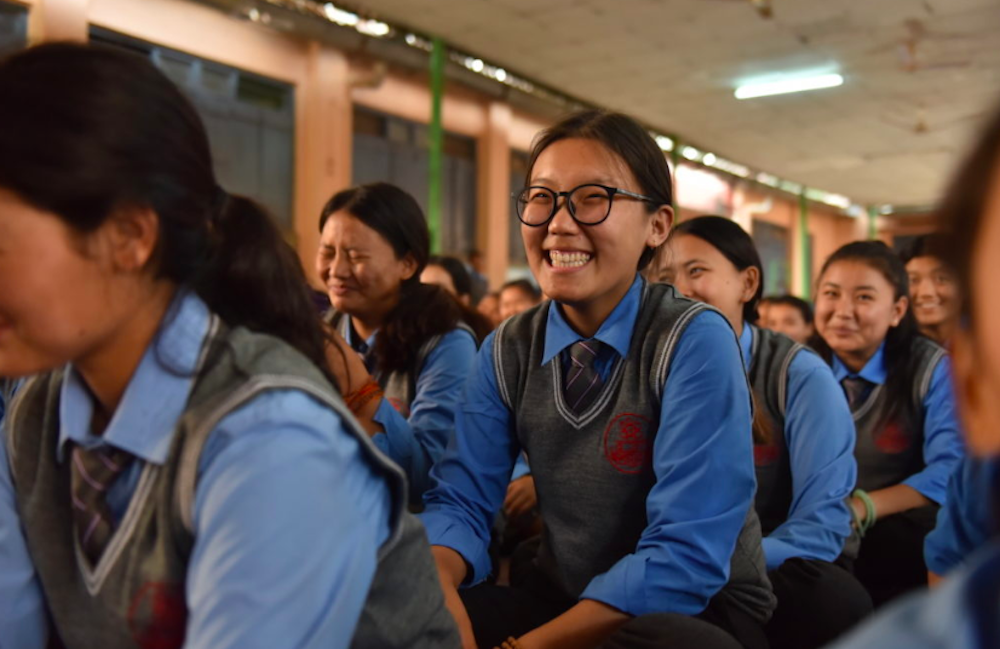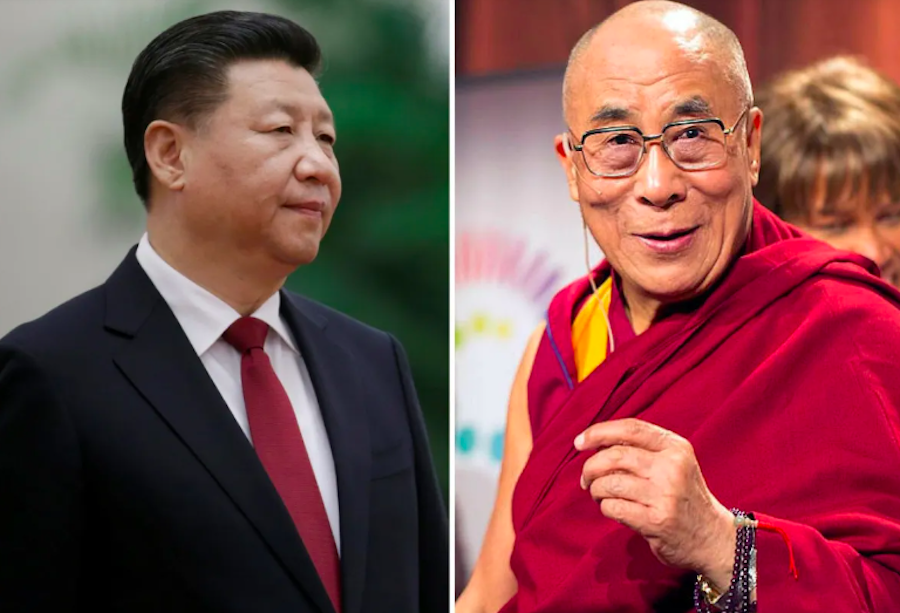By Y.P. Rajesh
NEW DELHI – Asian giants India and China enter the toughest leg of their attempts to settle a decades-old border row as envoys of the two countries hold talks this week to draw up a plan to mark their large frontier.
Indian Prime Minister Manmohan Singh held talks with Chinese President Hu Jintao on the sidelines of the U.N. General Assembly in New York this month and agreed to pursue a reasonable solution to the dispute with a greater urgency.
“The two sides feel that they have an opportunity to pursue a pragmatic solution based on the political parameters agreed between them,” an Indian foreign ministry official said ahead of the talks which start on Monday.
“The talks in Beijing between special representatives of the two sides will take this process forward.”
Indian National Security Adviser M.K. Narayanan and Chinese Vice Foreign Minister Dai Bingguo will meet for two days.
Relations between the world’s two most populous nations, who fought a brief but brutal border war in 1962, have greatly improved, largely due to burgeoning economic ties. But the border dispute remains a sticking point.
The neighbors share a 2,200-mile border, largely along the icy Himalayan mountains. Both sides claim the other is occupying parts of its territory.
New Delhi disputes Beijing’s rule over 15,000 square miles of barren, icy and uninhabited land on the Tibetan plateau, which China seized from India in the 1962 war.
China claims 35,000 square miles of territory ruled by India in the eastern part of the border, mostly in the state of Arunachal Pradesh.
“BUYING TIME”
Earlier this year, when Chinese Premier Wen Jiabao visited India, the two countries agreed on an 11-point roadmap to settle the border row politically, rather than technically, keeping in mind the growing warmth between them.
This, some analysts say, is an attempt toward accepting the status quo and hammering out a swap where the Chinese give up claims in the east in return for Indian recognition of Chinese sovereignty in the strategic Aksai Chin area in the west.
This week’s talks in Beijing form the second leg of that roadmap, and would involve drawing up an agreed framework to lead to a settlement.
Analysts on both sides, however, did not appear optimistic about the two sides being able to pin down where exactly their border lies as they had differences even on the ceasefire line, called the Line of Actual Control (LAC).
“It is still very difficult for the two sides to reach a consensus or understanding on the Line of Actual Control,” said Han Hua, who teaches international studies at Peking University.
“There would be no final settlement of the border issue in the next several years, because it is too complicated,” she said. “It is not only a territorial problem but also involves religious, cultural and historical factors. It would be a long and arduous process.”
Srikanth Kondapalli, a China expert at New Delhi’s Institute for Defense Studies and Analyses, agreed.
He said India was yet to officially accept a territory swap. Even if it did, the move would have to be approved by two-thirds of parliament, failing which any pact would remain temporary.
“The border talks started in 1981 and we have since been discussing and discussing with no solution in sight,” Kondapalli said. “It appears that both sides are just buying time.”
(Additional reporting by Guo Shipeng in BEIJING)









